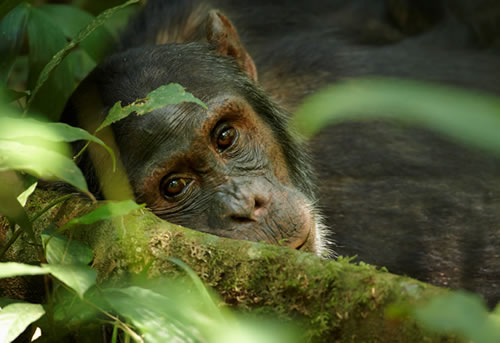Cosmetics. Eye drops. Prescription medications. Sunscreen. Household cleaning products. Insecticides. Biology grades.
Q: What do all of these have in common?
A: They have all been made available to humans after causing great harm (and death) to millions of animals.
But does it make sense for us to continue to perform the same tests and experiments on animals for the same treatments, products, chemicals or information once we’ve already performed those tests dozens if not hundreds of times in the past? What about when there are non-animal alternatives available for scientific research, for product or chemical tests, and for education? So let’s take a closer look at the use of animals in the name of science.
Medical Research
Humans have been using animals (particularly monkeys and gorillas) for medical research since the 17th century in Europe. And scientists have considered it necessary in order to advance the medicines / cures needed to treat human diseases.
Since humans actually cause approximately 90% of all diseases by our lifestyle choices or environmental factors, the torture and death of millions of animals in the name of scientific research to find a “cure” for human disease is unnecessary.
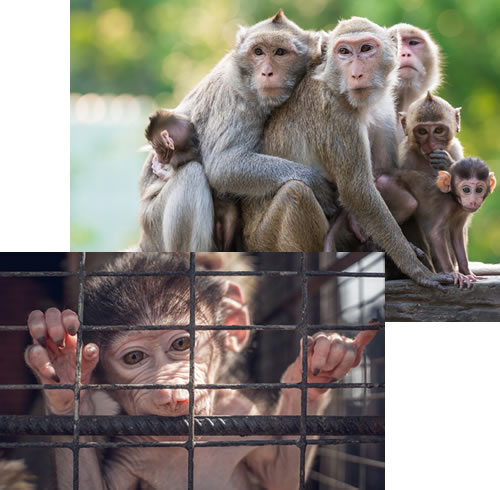 Whether it’s a monkey, a mouse, a rat, a pig, a dog or a cat, animals are different from humans — and they all can react differently to a circumstance or drug. In the past, drugs that tested well with an animal (e.g., a monkey or a mouse) turned out to be harmful to humans — and vice versa.
Whether it’s a monkey, a mouse, a rat, a pig, a dog or a cat, animals are different from humans — and they all can react differently to a circumstance or drug. In the past, drugs that tested well with an animal (e.g., a monkey or a mouse) turned out to be harmful to humans — and vice versa.
Today, more and more research facilities are turning to other techniques such as in vitro testing and computer models in lieu of animals. And that’s definitely a more reliable and cost-effective — not to mention logical and more humane –way to approach scientific research moving forward. Scientists can discover cures for diseases faster and will no longer need to torture and kill animal in the name of science.
In November of 2015, the National Institutes of Health deemed biomedical research using chimpanzees unnecessary and ended it. We expect more governmental agencies and organizations to soon follow suit.
Product and Chemical Testing
Even though thousands of new household, personal care, cosmetic products and chemicals that are introduced into the market every year have already been tested on animals, government agencies (such as the EPA) require that these products / chemicals be tested on animals again and again.
So product researchers have inflicted painful, invasive and unnecessary tests upon millions of rabbits, mice, guinea pigs and other animals.
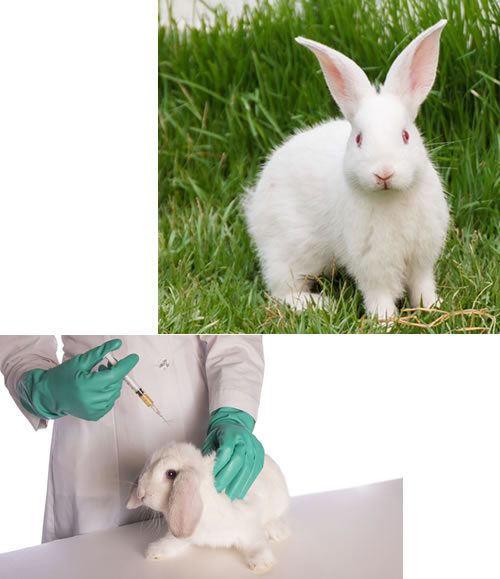 Isn’t it now a no-brainer that it’s not a good idea to ingest oven cleaner, nail polish remover or bleach? How many more innocent animals must we torture and kill? We already know that chugging down some nail polish remover is probably not a good idea.
Isn’t it now a no-brainer that it’s not a good idea to ingest oven cleaner, nail polish remover or bleach? How many more innocent animals must we torture and kill? We already know that chugging down some nail polish remover is probably not a good idea.
Thankfully, many large consumer product companies have stopped animal testing and instead are using non-animal testing methods. These alternate methods are more consistent and reliable in determining a possible human reaction. Also, all of the data accumulated over the years is available in databases detailing known chemical interactions and toxicity levels for various product ingredients.
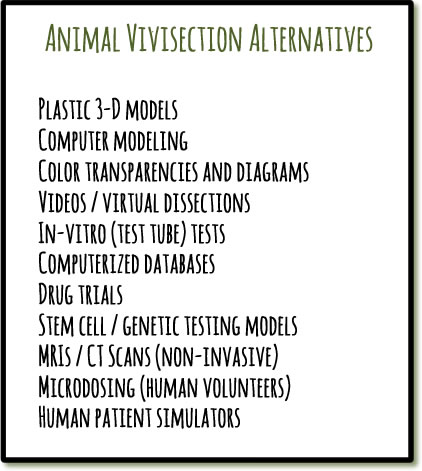 Recently, legislation was passed in the U.S. pertaining to chemical tests stating that the “EPA should use non-animal alternatives where possible, and must come up with a plan to develop and adopt more non-animal methods, such as computer modeling or cell-based tests.” This is great news for the millions of animals who are tortured and killed for chemical testing.
Recently, legislation was passed in the U.S. pertaining to chemical tests stating that the “EPA should use non-animal alternatives where possible, and must come up with a plan to develop and adopt more non-animal methods, such as computer modeling or cell-based tests.” This is great news for the millions of animals who are tortured and killed for chemical testing.
Legislators introduced a bill (HR 2858) that would fully ban animal testing for cosmetics in 2016 — HR 2790 in 2017. The European Union, India and Israel have already implemented similar bans, and Australia has pledged to do so as well.
Education
Educators have used animals in the classroom setting as an established part of the science education curriculum for decades.
But if Johnny really wants to learn about anatomy, physiology and other topics in a classroom environment, does he really need to cut up a frog, cat, mouse, fetal pig, rabbit, bird, bat, insect, reptile, squid or other animal?
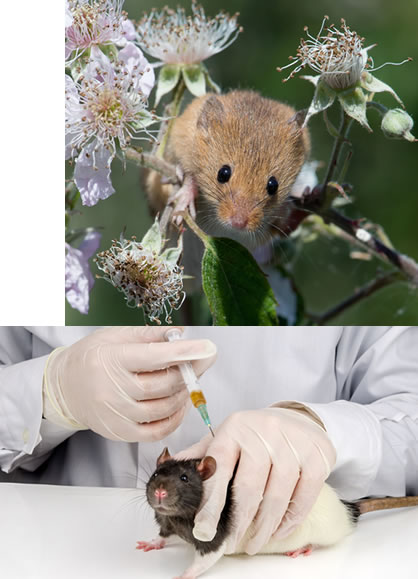 Not only is this practice unnecessary with very little educational benefit (since the human anatomy is quite different from the anatomy of a beetle or mouse), it also teaches children that an animals’ life is expendable. And using animals in this way desensitizes students from feeling compassion toward the pain and suffering of other beings.
Not only is this practice unnecessary with very little educational benefit (since the human anatomy is quite different from the anatomy of a beetle or mouse), it also teaches children that an animals’ life is expendable. And using animals in this way desensitizes students from feeling compassion toward the pain and suffering of other beings.
Thankfully now most students like Johnny can opt out of performing dissection in a classroom setting. Instead, students can learn about biology and anatomy using animal alternatives. These non-animal options include three-dimensional plastic models, computer programs, and other effective methods available in a classroom environment.
 Hopefully, the U.S. and other countries will soon join the growing number of others that no longer conduct dissection exercises. Countries like the Netherlands, Switzerland, Argentina, Slovak Republic and Israel have all stopped dissection. And we could follow India’s example by banning the dissection of animals in zoology and life sciences university courses.
Hopefully, the U.S. and other countries will soon join the growing number of others that no longer conduct dissection exercises. Countries like the Netherlands, Switzerland, Argentina, Slovak Republic and Israel have all stopped dissection. And we could follow India’s example by banning the dissection of animals in zoology and life sciences university courses.
Gory Details / Other Articles
http://aavs.org/animals-science/how-animals-are-used/testing/
http://www.navs.org/the-issues/animals-used-in-product-testing/
http://aavs.org/animals-science/problems-animal-research/science/
http://aavs.org/animals-science/problems-animal-research/ethics/
http://www.navs.org/science/animals-in-science
http://www.navs.org/science/failure-of-the-animal-model
http://www.navs.org/science/drug-testing
http://www.navs.org/science/ethical-argument-against-vivisection
http://aavs.org/animals-science/how-animals-are-used/biomedical-research/
http://www.navs.org/education/dissection-in-the-classroom
http://aavs.org/animals-science/how-animals-are-used/dissection/
http://www.lcanimal.org/index.php/campaigns/class-b-dealers-and-pet-theft/what-are-b-dealers
http://www.lcanimal.org/index.php/campaigns/puppy-mills/puppy-mill-facts
Cruelty-Free Products (Leaping Bunny) link: http://www.leapingbunny.org/guide/brands
Sources for this Article
https://www.washingtonpost.com/news/animalia/wp/2016/06/08/a-big-victory-for-lab-rats-congress-moves-to-limit-chemical-testing-on-animals/
http://www.navs.org
http://aavs.org
http://www.peta.org
http://www.lcanimal.org

